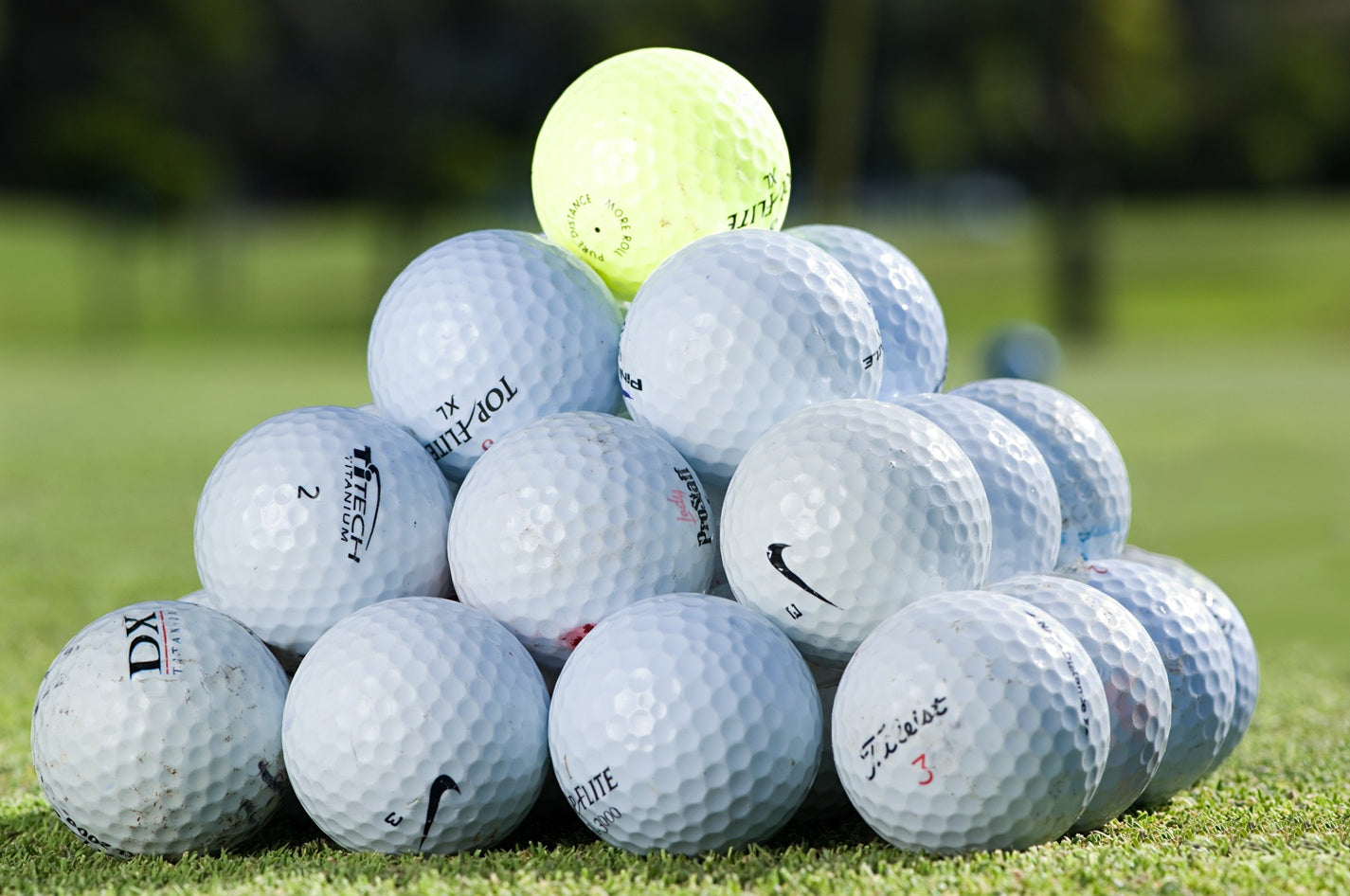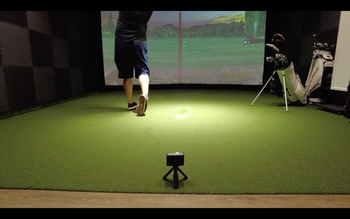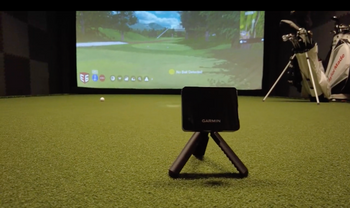Let me clarify something: those digits on your golf balls aren't about how they'll perform or their compression rating. They're just there to assist you in figuring out which ball belongs to whom! When you're out there with your usual foursome, everyone grabs a different number so nobody gets confused about whose ball landed where. Companies primarily print 1 through 4 since that addresses most group sizes while keeping their manufacturing simple. Here's what matters: mixing up balls can cost you penalty shots according to the rules, so knowing how these numbers work is significant if you're playing by the book.
Why Golf Balls Have Those Simple Number Systems
You'll find basic one-digit numbers on nearly every golf ball, usually 1 through 4, and there's a solid, practical purpose that has nothing to do with making them seem fancy. These digits help you avoid confusion when you're playing. Imagine this scenario: you're out with three pals, and everybody's hitting the exact same ball type and brand.
Without those numbers, good luck figuring out which ball belongs twhomho! Back in the day, companies used different colored paints to tell balls apart, something you might notice on older Titleist balls. Don't fall for the myth that these digits have zero connection to how the ball performs or its compression level. They're strictly there to prevent headaches and keep your round moving smoothly. Lots of golfers pick certain numbers that feel lucky or meaningful, using those digits as mental confidence enhancers while they play.

How Those Simple Digits Keep Your Game Organized
Envision yourself in the fairway, staring down at four matching white spheres sitting around the green, and you'll realize why those little numbers are lifesavers. Without them, you'd waste time playing detective while groups stack up behind you.
The system's pretty straightforward: balls usually show digits 1-4, letting everyone in your group claim their own number. You might choose number 2, your partner picks 3, and everybody knows exactly what belongs to them. This setup eliminates those annoying "wait, which one's mine?" discussions that happen all over golf courses.
The digits really pay off when you're hitting provisional balls too. Say you knock one toward the trees then play a backup having different numbers means you'll know exactly which ball is which when you're digging around in the weeds.
Certain brands give you balls numbered up to 9, but most weekend warriors stick with the classic 1-4 setup. Remember, every ball in one sleeve carries the same digit, so grab several sleeves if your group needs a selection.
The Reason Golf Balls Stop at Number 4
Curious why that fresh sleeve doesn't include numbers 5 through 8? Well, companies limit themselves to 1-4 since that covers what golfers really require. Consider your typical round with three playing partners, each person picks their own digit, and nobody gets their balls mixed up.
Money talks in manufacturing, too. Creating balls using only four number options beats making nine different versions hands down. Factories can pump out bigger runs, which keeps expenses lower. Besides, hardly anyone asks for bigger numbers when 1-4 already prevents mix-ups for standard groups.
It's efficiency combined with common sense; there's no point making things complex when four digits get the job done. Those numbers won't tell you anything about the ball's compression or how it flies. Tour pros frequently draw extra marks and designs on their balls to make them even easier to spot.
How Different Brands Mix Up Their Number Game
Even though 1-4 covers most needs, ball makers have come up with some clever twists on numbering through the years. Companies including Callaway and TaylorMade let you customize with special numbers, perhaps your favorite 7 or significant dates like 79.
This is pretty cool: certain companies color their numbers to make spotting easier. Rather than plain black text, you could get red, blue, or green digits. That's super helpful when you and your buddy both play identical brands but want instant visual separation.
Companies like Titleist keep things fairly basic on their Pro V1 line, but others offer double-digit choices from 1-99, opening up massive personalization without changing how the ball flies. Certain manufacturers even match colors to model, so black digits might mean Pro, V1, while red shows Pro V1x. Shopping around, you'll learn brand-new choices alongside recycled corporate-logo balls that still perform great while saving serious cash.

What the Rulebook Says About Marking Your Ball
The Rules of Golf demand that you can identify your ball throughout your round, and I'm telling you, they're serious about this requirement. The regulations clearly say you've got to tell your ball apart from everyone else's. Those one-digit numbers (usually 1-4) act as your main ID system. Feel free to add custom marks with Sharpie dots, lines, or designs; all work great! What matters is making your ball different enough to avoid any doubt. Fail to identify your ball or hit someone else's, and you're looking at penalty shots. Tour players often create complex marking patterns, while weekend golfers can stick to easier methods. Several companies provide number ranges beyond the standard 1-4, giving tournament players extra customization choices.
Frequently Asked Questions
Is It Legal to Alter My Ball's Number With a Sharpie?
You absolutely can't modify the factory-printed digit on your ball with a Sharpie. Those original numbers (1, 2, 3, 4) need to remain visible for competitive rounds. That said, you're totally free to draw your own dots, lines, or designs near the number to make it yours! Plenty of tour players mark their balls this way. Keep the original digit clear, and you're playing within the rules.
Will a Number 4 Ball Fly Further Than a Number 1?
Those one-digit numbers like 1, 2, 3, and 4 have zero effect on how your ball flies! They're only there so you can find your ball during play. The stuff that actually changes performance includes double-digit compression numbers and triple-digit dimple patterns. Playing a number 1 versus number 4 gives you the exact same yardage, spin, and accuracy—it's the ball's construction that counts, not that tiny digit.
What If Me and My Partner Have the Same Number Ball?
When you and someone else play balls with matching numbers, you're asking for trouble on the course. If your shots end up close together, telling them apart becomes impossible! That could mean penalty strokes or getting DQ'd from competitions. The fix—mark your ball with personal symbols like dots or lines to make it unique. Double-check your ball's special marks before hitting every time.
Do Golfers Really Think Some Numbers Bring Good Luck?
Tons of golfers swear by lucky ball numbers! Jack Nicklaus always played number 3 balls when winning majors sparked that tradition. Plenty of players skip number 4 since some cultures link it with bad vibes. Low digits like 1, 2, or 3 seem to be favorites, with golfers convinced they'll play better. Hey, if these beliefs enhance your mental game, why not?
Can I Get Balls Made With My Lucky Double-Digit Number?
Absolutely, you can get balls printed with whatever two-digit number you want! Companies like Titleist, TaylorMade, and Callaway let you pick anything between 00 and 99. You'll usually need to buy at least a dozen, and expect about 3-4 weeks for shipping. The cool part—most companies won't hit you with extra fees for custom numbers, plus you can often throw on your name or design.
Conclusion
So there you have it, golf ball numbers are just basic ID markers, nothing fancy. Playing with regular 1-4 digits or some brand's colorful version, you'll always spot your ball without confusion! Sure, most companies use plain black numbers, but red or blue ones pop up too. Just remember, they're all about making sure you hit the right ball every time.





